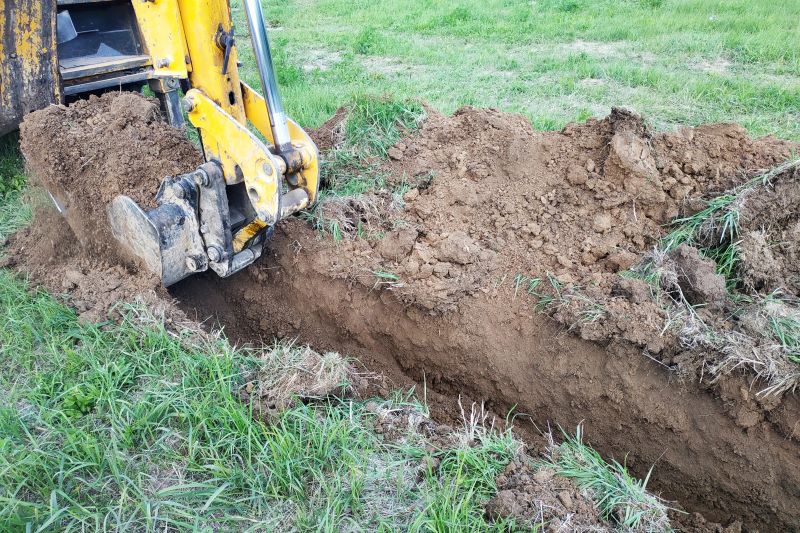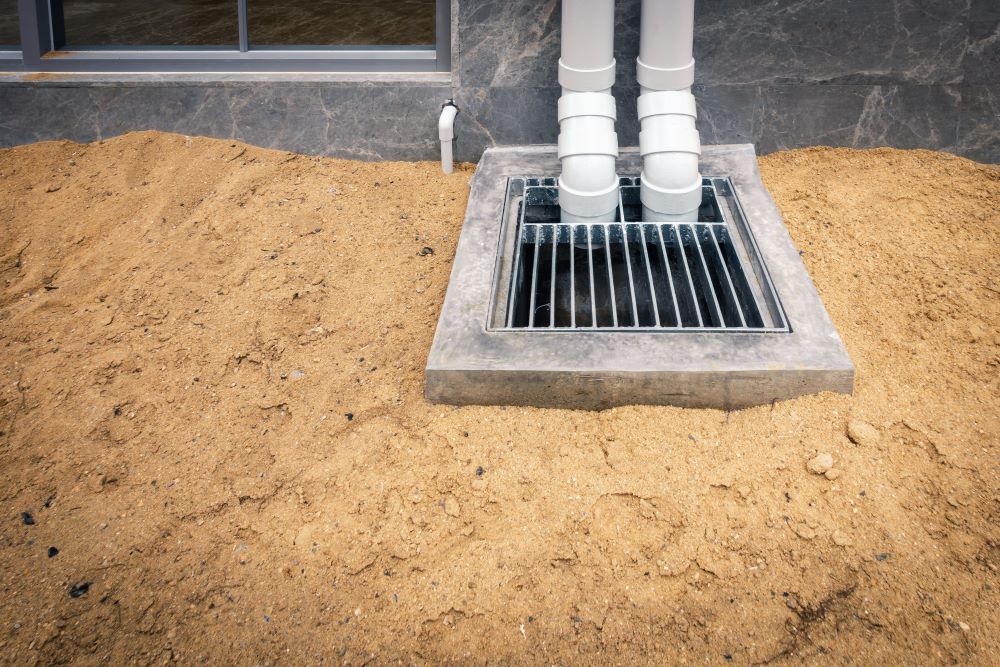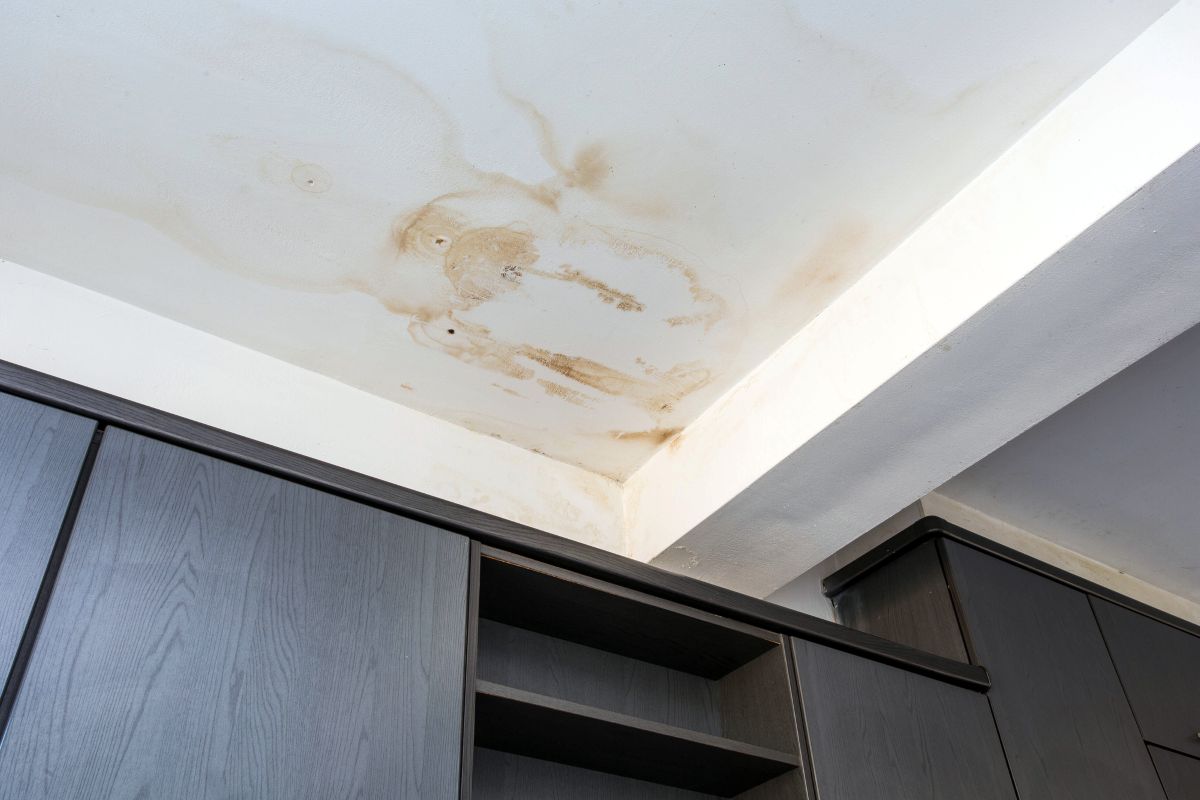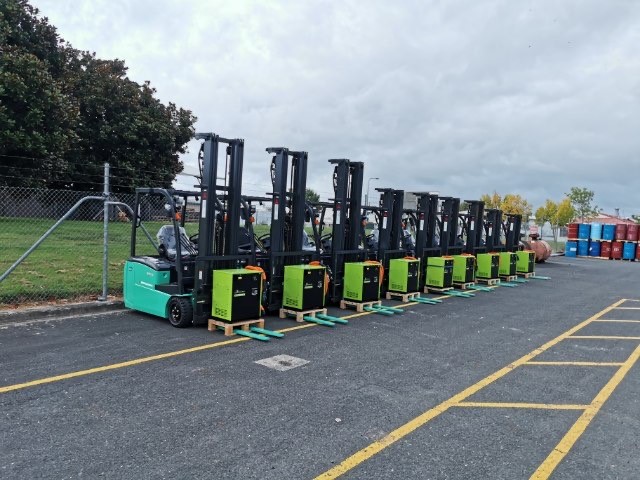Choosing the right drainlayer is a critical step in ensuring your property’s drainage system functions efficiently and remains compliant with local regulations. In Auckland, where the landscape varies from urban sprawl to hilly, flood-prone areas, it’s especially important to work with a skilled and knowledgeable drainlayer.
This article offers a comprehensive guide to help property owners in Auckland make informed decisions when selecting a drainage professional.
Understanding the Role of a Drainlayer
What Does a Drainlayer Do?
A drainlayer is responsible for installing, repairing, and maintaining the pipework that carries wastewater and stormwater away from buildings. Unlike plumbers, who typically handle water supply and fixtures, drainlayers focus on the underground systems that connect your property to the public sewer network or on-site treatment systems. Their work is vital for ensuring hygienic living conditions, preventing flooding, and maintaining environmental standards.
Key Services Offered by Auckland Drainlayers
In Auckland, professional drainlayers offer a range of services tailored to the region’s unique topography and weather conditions. These services often include the installation of new drainage systems, stormwater management solutions, subsoil drainage, CCTV drain inspections, and repairs to damaged pipework. Many also provide advice on compliance with Auckland Council regulations, which is crucial for renovations, new builds, or any work involving significant ground disturbance.
Why Hiring a Qualified Drainlayer in Auckland Matters
Legal Requirements and Certifications in New Zealand
Drainlaying in New Zealand is a regulated trade. Professionals must be registered and licensed by the Plumbers, Gasfitters, and Drainlayers Board (PGDB). This certification ensures they’ve undergone the required training and adhere to national safety and quality standards. Hiring a licensed drainlayer in Auckland isn’t just a matter of best practice—it’s often a legal requirement, especially for work that affects public drainage systems or requires council inspection and approval.
Avoiding Costly Mistakes with Unqualified Providers
Engaging an unqualified or poorly reviewed drainlayer can lead to serious problems. Faulty installations can result in leaks, blockages, and flooding that damage your property and lead to expensive repairs. In worst-case scenarios, non-compliant work can also lead to legal issues and forced rectifications by local authorities. Choosing a qualified drainlayer from the start protects your investment and ensures peace of mind.
Key Factors to Consider When Choosing a Drainlayer
Licensing and Professional Accreditation
Always check that a drainlayer holds current PGDB registration. You can verify this through the official PGDB website. Additionally, look for membership in professional associations such as Master Plumbers, which often signals a commitment to ongoing training and industry best practices.
Local Experience and Knowledge of Auckland Conditions
A drainlayer who is familiar with Auckland’s specific challenges—such as volcanic soil, steep terrains, and frequent rainfall—will be better equipped to design and implement durable, effective drainage solutions. Local experience also ensures they are well-versed in Auckland Council processes, zoning issues, and inspection requirements.
Reputation and Customer Reviews
Online reviews and testimonials provide valuable insights into a drainlayer’s reliability and work quality. Look for consistent praise regarding punctuality, workmanship, and professionalism. Be wary of providers with multiple unresolved complaints or vague feedback.
Range of Services and Specialisations
Different properties have different drainage needs. Ensure the drainlayer you choose can handle your specific project—whether it’s a stormwater issue, new residential development, or a complex commercial drainage system. Some drainlayers specialise in trenchless technology or eco-friendly solutions, which might be ideal for your property.

Questions to Ask Before Hiring a Drainlayer
Can You Provide References or Case Studies?
Asking for past project examples demonstrates the drainlayer’s transparency and experience. Case studies or visual before-and-after images can give you a clearer understanding of their capabilities.
What’s Your Experience with Similar Projects in Auckland?
Choose a professional who has tackled jobs similar to yours in size and scope. For instance, if your property is located on a slope or near a flood-prone area, a drainlayer with experience in managing such conditions is essential.
Do You Handle Council Permits and Compliance?
Navigating Auckland Council’s drainage requirements can be daunting. A competent drainlayer will manage the necessary applications, inspections, and documentation on your behalf, streamlining the process and ensuring legal compliance.
Comparing Quotes and Understanding Pricing
What’s Typically Included in a Drainlayer’s Quote?
A transparent quote should outline labour, materials, machinery use, and any additional fees for council permits or inspections. Be cautious of vague estimates that lack detail or scope clarity.
Avoiding Hidden Costs and Scope Creep
Clear communication at the quoting stage helps avoid unpleasant surprises. Ask for clarification on potential extras such as after-hours work, unexpected obstructions (like tree roots or utility lines), or changes to the original plan.
The Importance of Communication and Reliability
Timelines and Project Management
A trustworthy drainlayer will offer realistic timelines and keep you informed throughout the job. Delays can affect not only your schedule but also other construction or landscaping work on your property.
Clear Contracts and Transparent Expectations
Always get the agreement in writing. Contracts should specify start and end dates, payment milestones, and a breakdown of services. This protects both parties and ensures accountability.
Common Red Flags When Hiring a Drainlayer
Vague Answers or Lack of Documentation
If a drainlayer is reluctant to provide a written quote, proof of licensing, or references, it’s a significant warning sign. Reputable professionals will have no issue verifying their credentials and past work.
Unrealistically Low Quotes
While competitive pricing is appealing, quotes that seem too good to be true often are. Extremely low pricing may indicate inferior materials, rushed workmanship, or hidden fees that surface later in the job.
Final Tips for Choosing the Right Drainlayer in Auckland
Choosing the right drainlayer involves more than just comparing prices. Focus on qualifications, local experience, clear communication, and a solid reputation. Create a shortlist of professionals who meet your criteria and take the time to interview them thoroughly. By doing your homework upfront, you’ll secure a reliable, compliant, and efficient drainage solution that supports the long-term health and value of your Auckland property.


